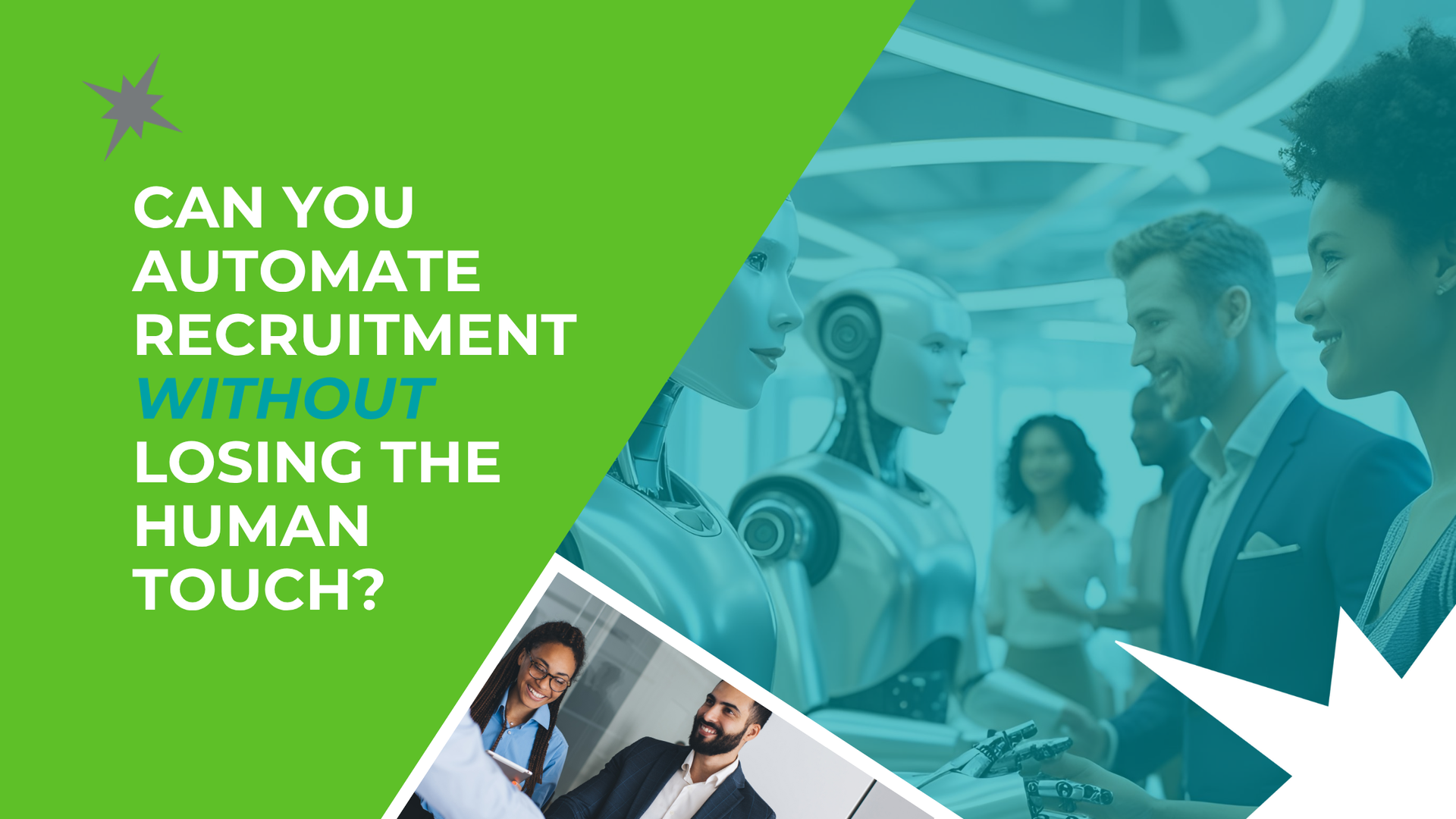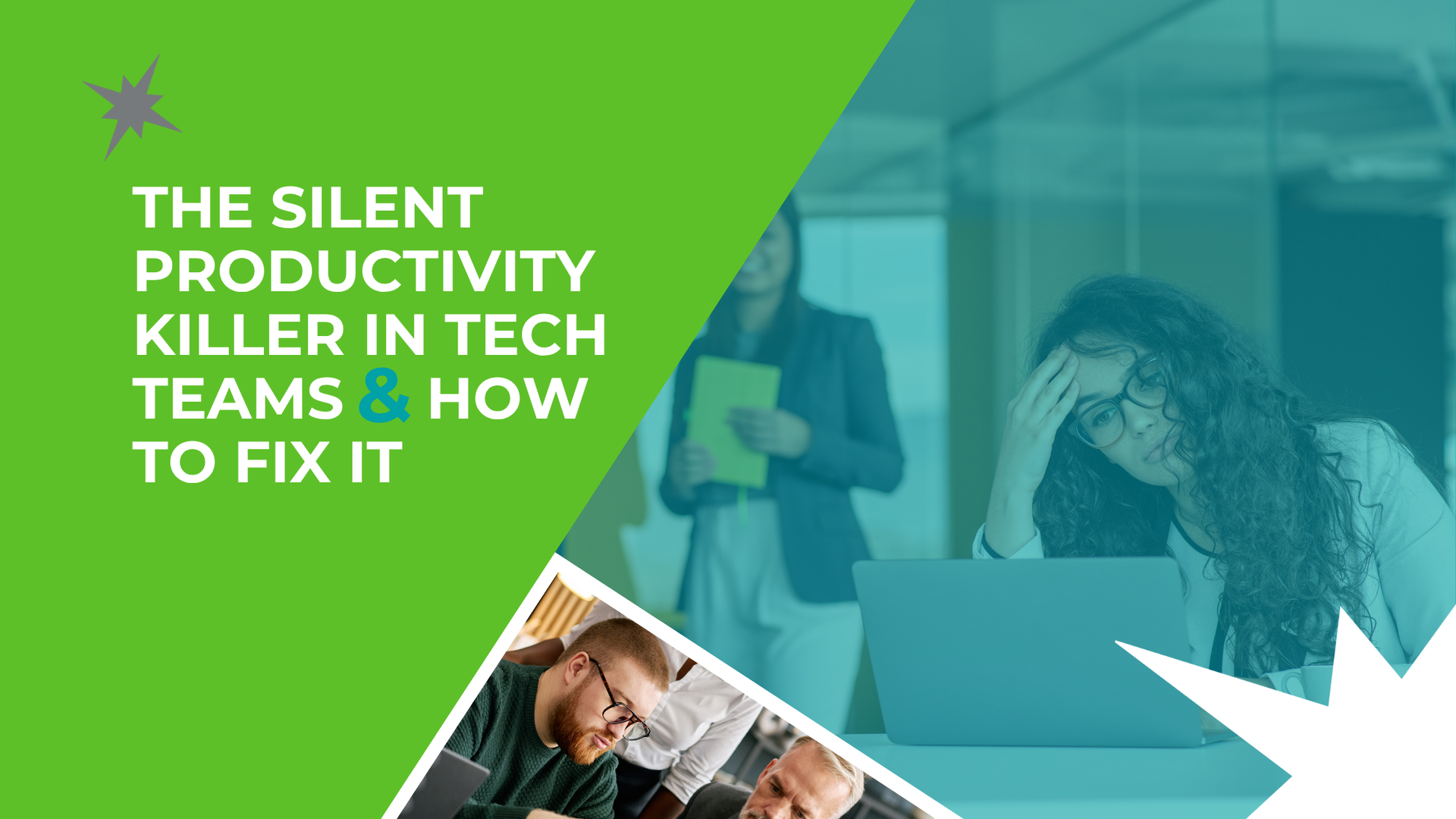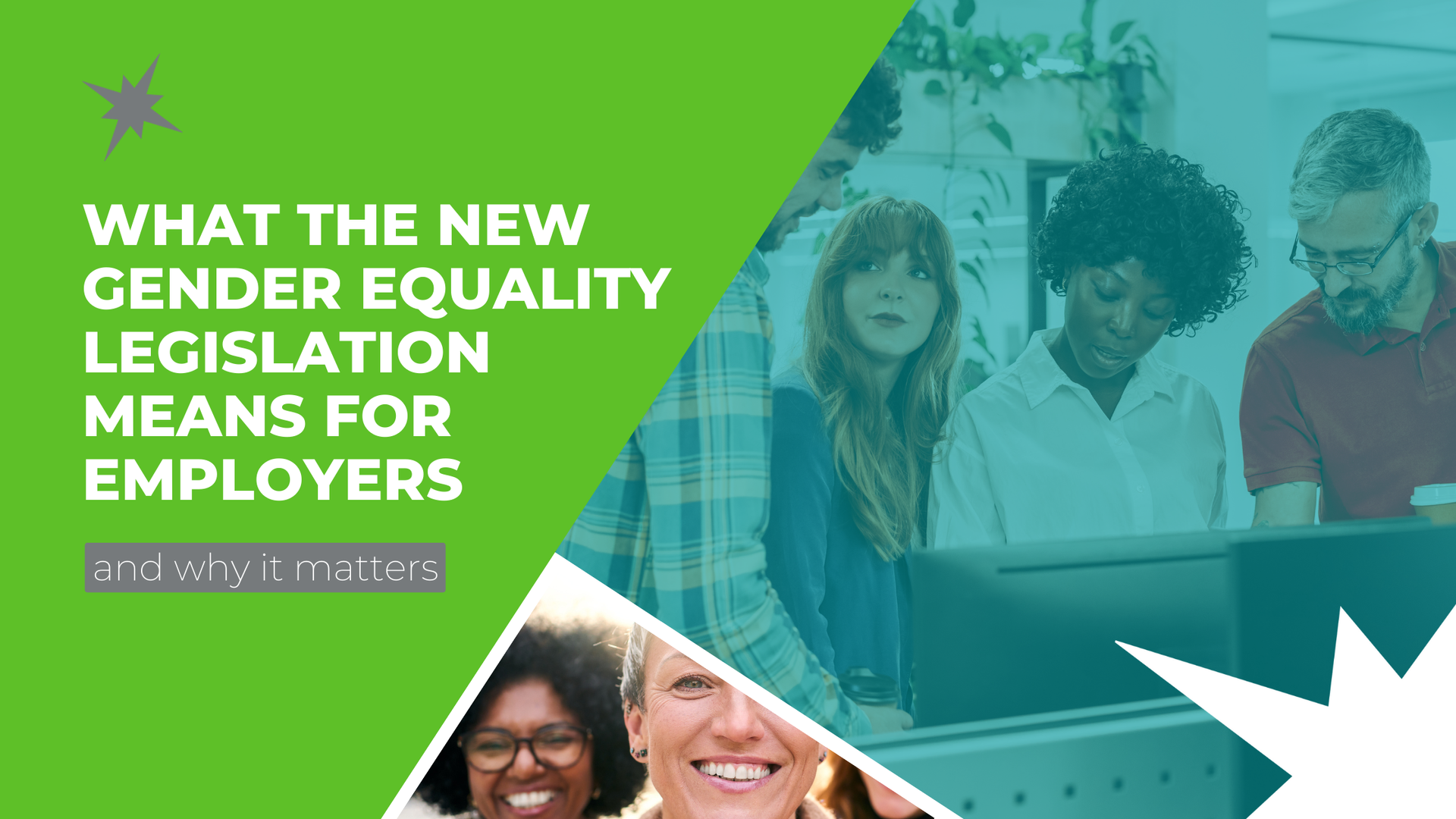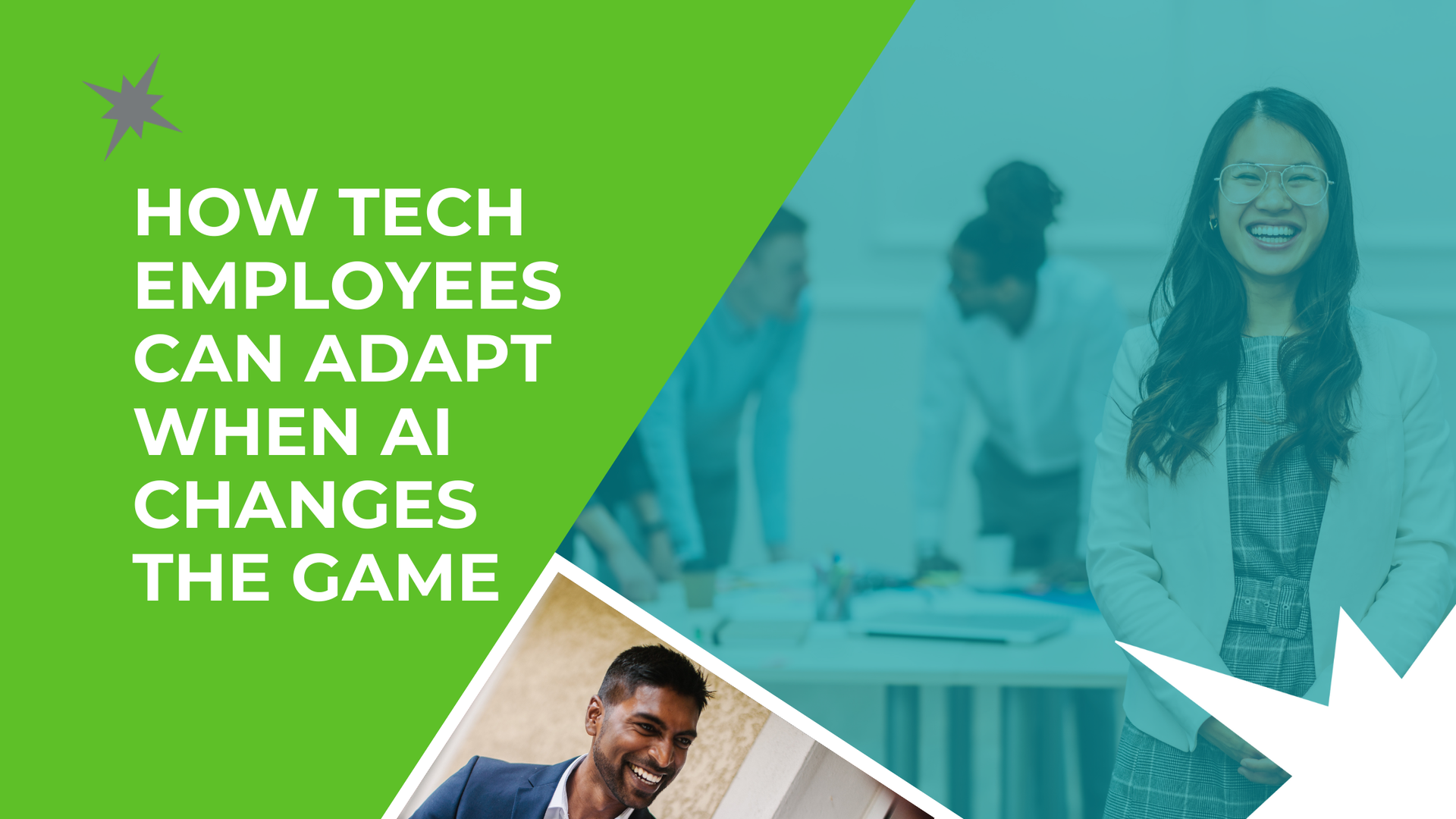News & Insights
< Back to Blogs
Knowing When It's the Right Time to Leave Your Job

There was once a time when it was normal for people to stay with an employer for the bulk of their career, but a culture shift has seen the average length of employment reduced significantly. However, when it comes to leaving your job, is there a right time? This is a question that is often posed to us by candidates and the longer you are with a company, the harder it seems to break away. Although it’s easy to allow yourself to become overly comfortable, keep an eye out for these signs that may indicate it is time to move on to a new job.
No Upward Mobility
It’s only natural to want to upskill, gain new responsibilities and grow your career but to do so sometimes it’s necessary to look outside of your current company. While loyalty is a great value to hold, it’s important to prioritise your own career development too.
Reaching a point where you no longer feel challenged (or it might be that you have achieved everything you can) can be one of the signs you need a new job. However, before actioning anything, it’s a good idea to look at options internally – there might just be an opening that will give you everything you need.
You’ve Lost Your Passion
With the majority of us spending the bulk of our time at work, being in a job that you enjoy can make all the difference to your overall happiness, and your performance too.
If you find yourself dreading the alarm clock each morning or are feeling disengaged with what you do, can you pinpoint what would need to change to feel happy again? If there’s little chance of regaining that sense of energy and excitement, take some time to reassess your professional goals and think about your next career move. Even if it is something new – you’d be surprised at how transferable skills can help make a change!
Inability to Switch Off After Hours
Being stuck in a routine that demands you to work yourself into the ground is a big sign it could be time for a change. Hard work and dedication are integral to success, but don’t overwork yourself to get there – your health takes priority. The longer you work in stressful environments like this, the more it’s going to impact your physical and mental health.
If working 9-5 seems like a faraway dream, reassess the reasons why you can’t switch off. Can any changes be made in your current role? If the answer is no and your job is affecting your wellbeing, it can be a sure sign that it’s time to move on.
An Incredible Opportunity Presents Itself
Once you’ve reached a certain level in your career, companies will often come to you directly with opportunities. Even if you love your job, it doesn’t mean that there isn’t a better opportunity out there and there’s certainly no harm in exploring alternative options.
Be sure to evaluate any offers that come your way and decide what constitutes one that can’t be turned down. Maybe it’s an opportunity in a dream company, better work/life balance, or an exciting chance to lead a new team. Whatever the reason, it’s not every day that amazing opportunities come up so keep an open mind.
Resigning on a Good Note
Once you’ve made a decision to move, resigning on good terms is crucial. Before taking this step, prepare yourself for any counter offers that come your way. How would you respond to one?
Having clearly defined reasons for handing in your resignation will make the whole process easier for everyone involved. It might be a good idea not to include the fact that you’re bored or miserable (if that’s the case!), but a level of transparency in resignations means less unanswered questions for managers and colleagues and you can leave on a good note.
Summary
If any of these signs have raised alarm bells for you, the chances are, it’s time to start looking elsewhere. However, before you start putting anything into action, have an honest conversation with your manager. Whilst outlining your concerns may not lead you to staying, you can be comfortable in the fact that you’ve exhausted all options available. For more career advice, or if you’re in the market for IT jobs, get in touch with the team at Enterprise IT Resources.
Share This Article
Recent Articles

Filter By Category
Subscribe to our News & Advice












